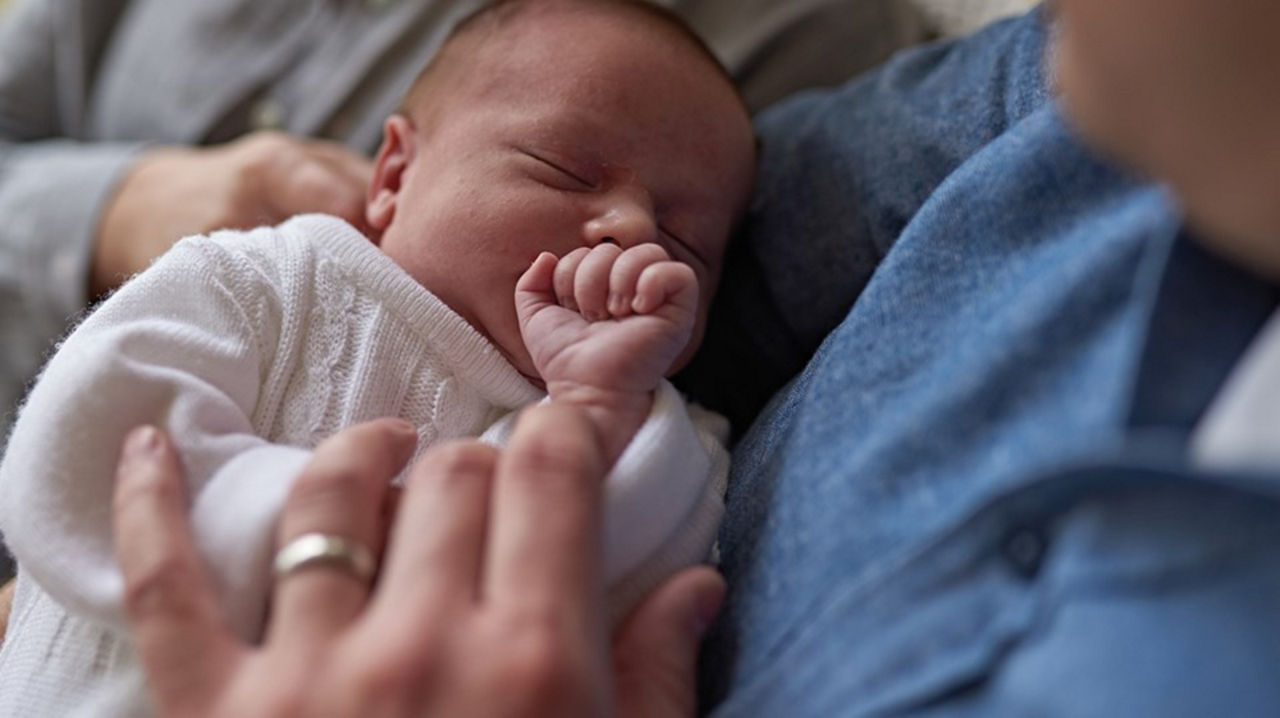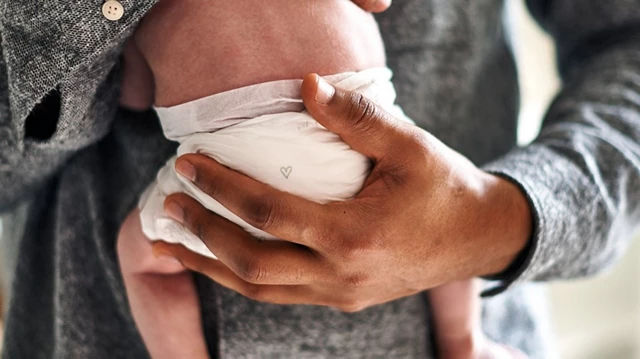Spending time with your new baby not only helps you to build bonds but gives your partner a chance to get some well-earned rest. Paternity leave gives you the opportunity to do this without losing out on income.
Paternity leave

Work it out
Making paternity leave work for you
So long as you’ve been working for your current employer for 26 continuous weeks, 15 weeks before your baby is due, you’ll be entitled to paternity leave. You will also need to be the biological father, mother’s husband or partner, and intend to be involved in bringing up your child.
 The first few weeks are important for bonding with your baby.
The first few weeks are important for bonding with your baby.
Working out the best option
There are two different types of Paternity Leave – spend some time discussing with your partner which option will be best for both of you.1
- One or two weeks of paid Paternity Leave
- Shared Parental Leave
Paternity Leave
If you opt to take paid Paternity Leave, you’ll need to take it all in one go, and it must be completed within 56 days of the birth. If you want to change the dates of your Paternity Leave, that’s fine; you just need to give your employer 28 days’ notice if that’s possible.
Shared Parental Leave
Shared Parental Leave lets you share leave with your partner. You can take it in blocks separated by periods of work, but your partner must:
- End her maternity leave for Shared Parental Leave
Or
- End her Maternity Allowance or pay for Statutory Shared Paternity Pay
The eligibility criteria are more complex than that of Paternity Leave – you can find them here or speak to your employer about your options.
When arranging your Paternity or Shared Parental Leave, be sure to give your employer as much notice as possible. Ideally, this would mean letting them know when your partner is around 25 weeks pregnant. Of course, you can’t be sure when your baby is going to arrive, but you may find your employer will be flexible with dates.
Am I entitled to Statutory Paternity Pay?
If your company doesn’t offer paid Paternity Leave, providing you meet the above criteria and earn £90 or more (before tax) per week, you should be eligible for Statutory Paternity Pay (SPP). SPP works out at either £139.58 a week or 90% of your average weekly earnings (whichever is lower). In addition to this, you may be able to apply for more financial support, like Income Support. Your employer or your local Jobcentre will advise you of your options.
Next steps
Want to know what leave you may be entitled to? Here are some steps to finding out:
- Use the tools on gov.uk/pay-leave-for-parents to calculate your entitlement
- Talk to your employer about the paid Paternity Leave and Shared Parental Leave options they offer
- Discuss the best options with your partner
- Let your employer know your plans when your partner is at 25 weeks
- Keep your employer up to date with your plans
Related articles

Need some help?
You can get quick answers to common questions in our FAQs.
Alternatively, if you need help with general pregnancy or baby advice, or maybe on using or ordering our products - our expert team are always on hand to talk about feeding your baby.
1. Gov.UK. Paternity Pay and Leave [Online]. 2015. Available at: www.gov.uk/paternity-pay-leave/overview [Accessed: August 2015].
reference text
Last reviewed: 19th November 2015





